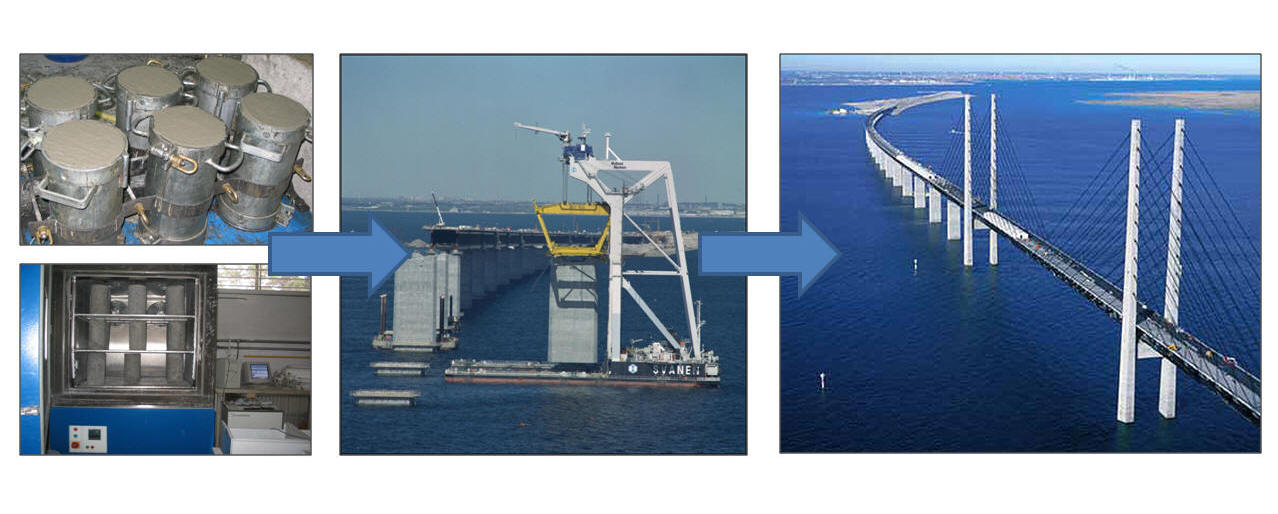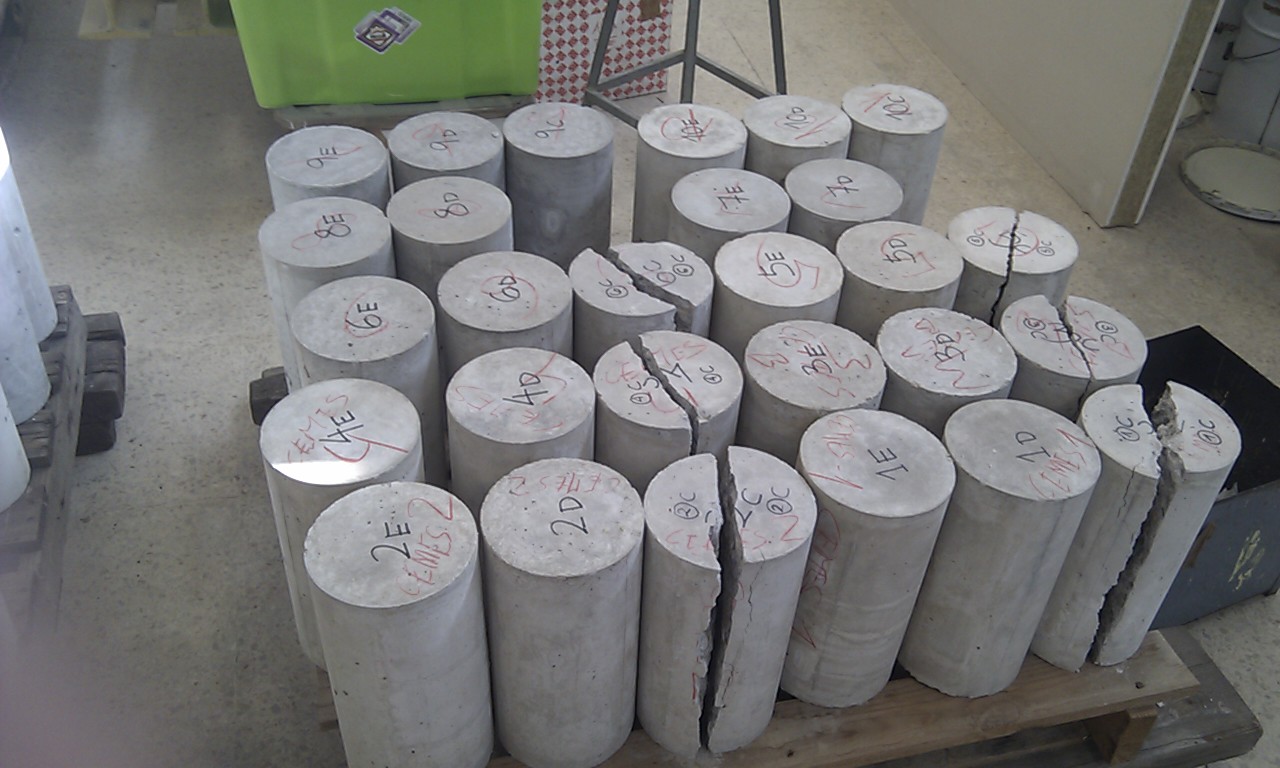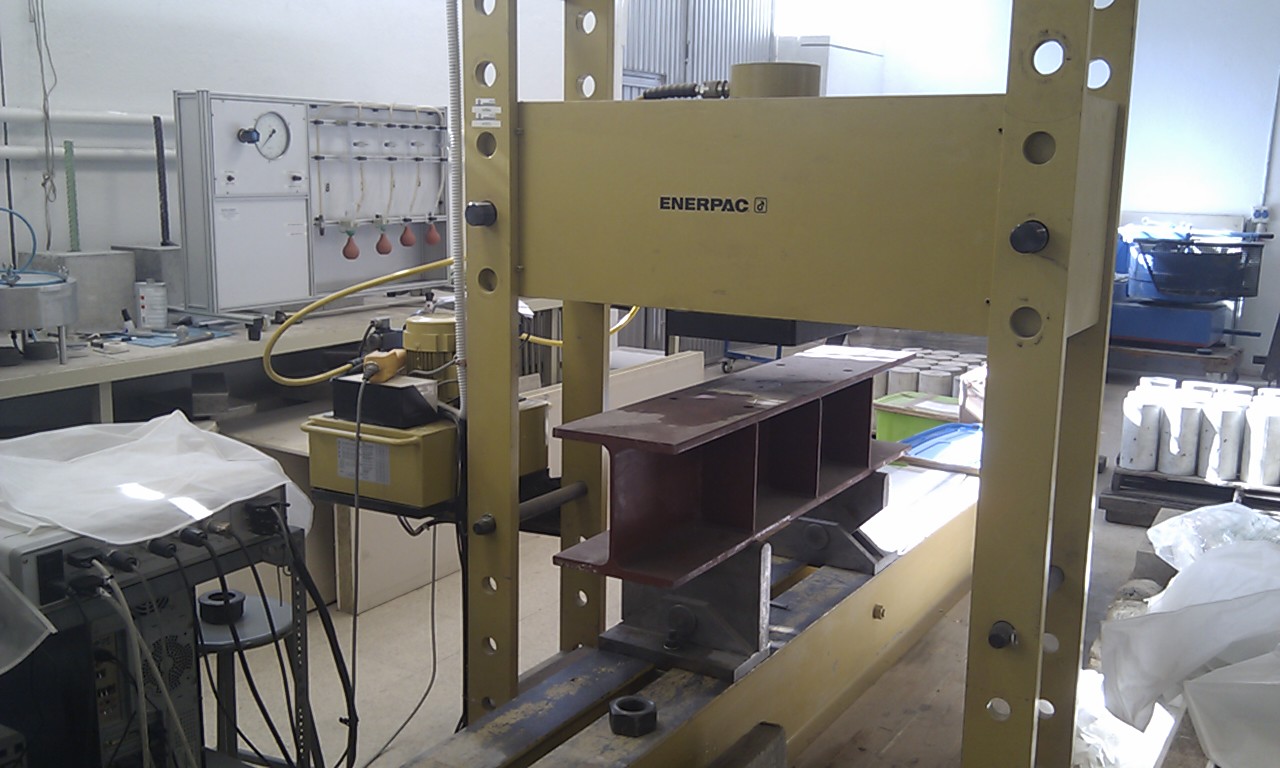
The origin and
development of civilization is always been related directly
to the use and evolution of the materials used by the human
being. Construction materials have had a great importance in
protection from the weather, in the improvement of the
transportation conditions and the building of
infrastructure.
 The first
materials that were used were wood and stone. The use of
these materials was followed by the beginning of the use of
metal tools at the age of bronze and iron. The first use of
materials with hydraulic properties dates from the
Egyptians. During the construction of pyramids it was common
to use plaster; later on, the Greeks and Romans used
volcanic ashes mixed with lime to make a material with a
better performance. The Romans perfected the use and
manufacture of hydraulic mixtures, that became part of the
technology used in infrastructure construction.
The first
materials that were used were wood and stone. The use of
these materials was followed by the beginning of the use of
metal tools at the age of bronze and iron. The first use of
materials with hydraulic properties dates from the
Egyptians. During the construction of pyramids it was common
to use plaster; later on, the Greeks and Romans used
volcanic ashes mixed with lime to make a material with a
better performance. The Romans perfected the use and
manufacture of hydraulic mixtures, that became part of the
technology used in infrastructure construction.
After Portland
Cement was invented in 1824, the using of materials
with hydraulic properties exponentially increased and the
utilization of the most common construction material,
concrete, spread.

Due to
the progress in the manufacturing of steel and the deeper knowledge about the properties of the materials, new
types of concrete started to work out:
prestressed concrete, fibre-reinforced concrete, high
strength concrete, self-compacting.
In the subject
"Materiales de Construcción", an ample
study
of the obtaining, manufacturing, regulation,
application and development of the most important materials
for Civil Engineers is been done: concrete, cement, steel,
ceramic materials, plasters, limes, bituminous materials,
wood, plastics, explosives,
and composite materials.